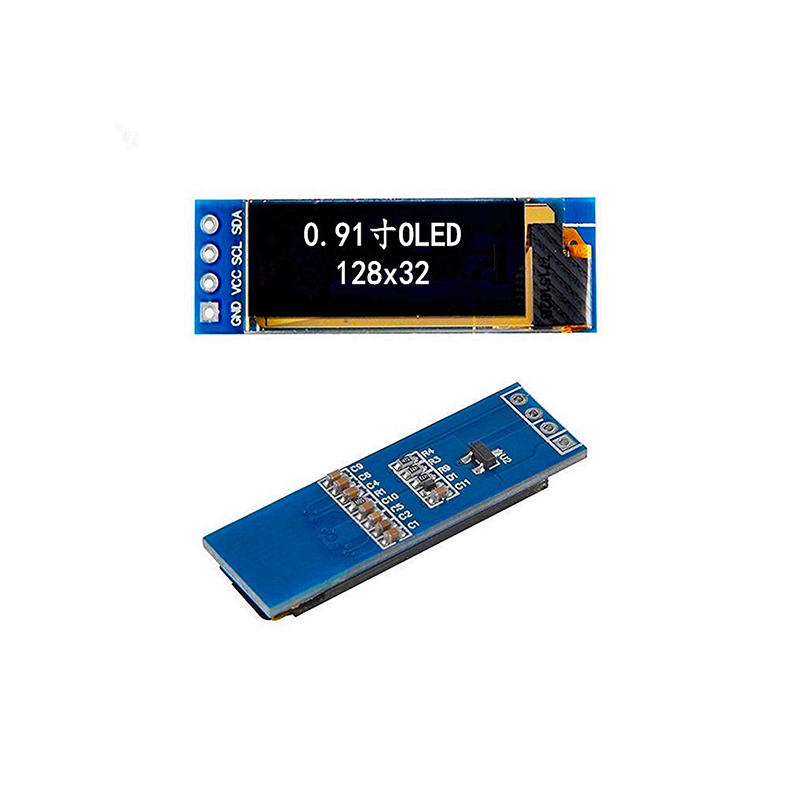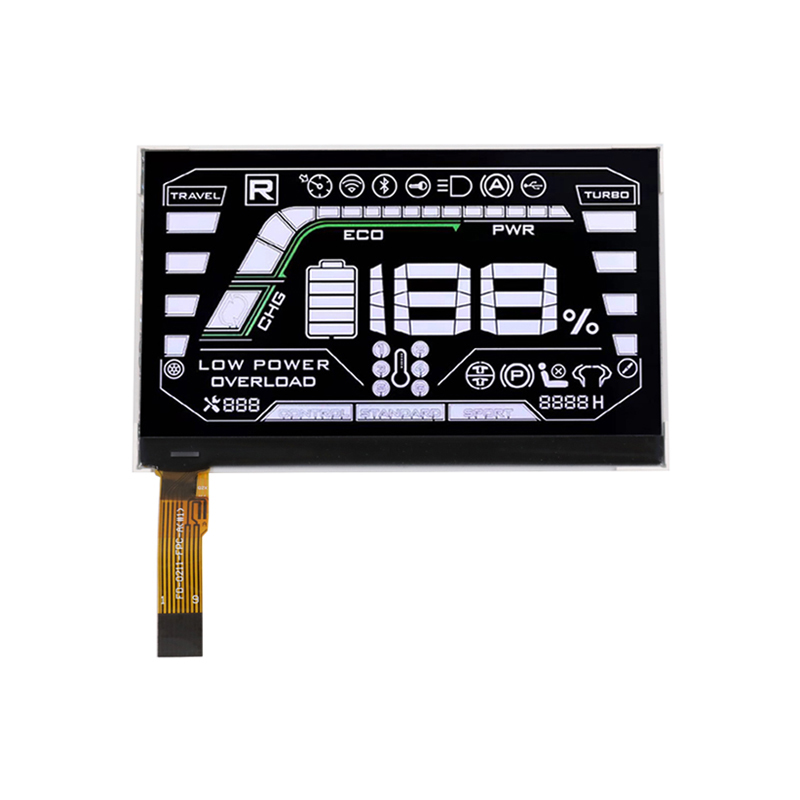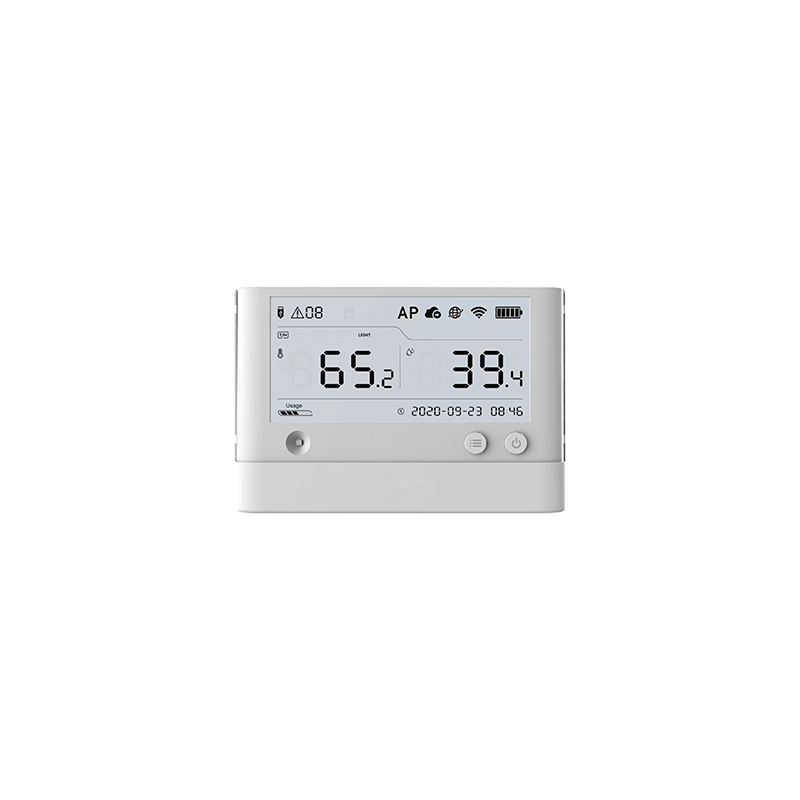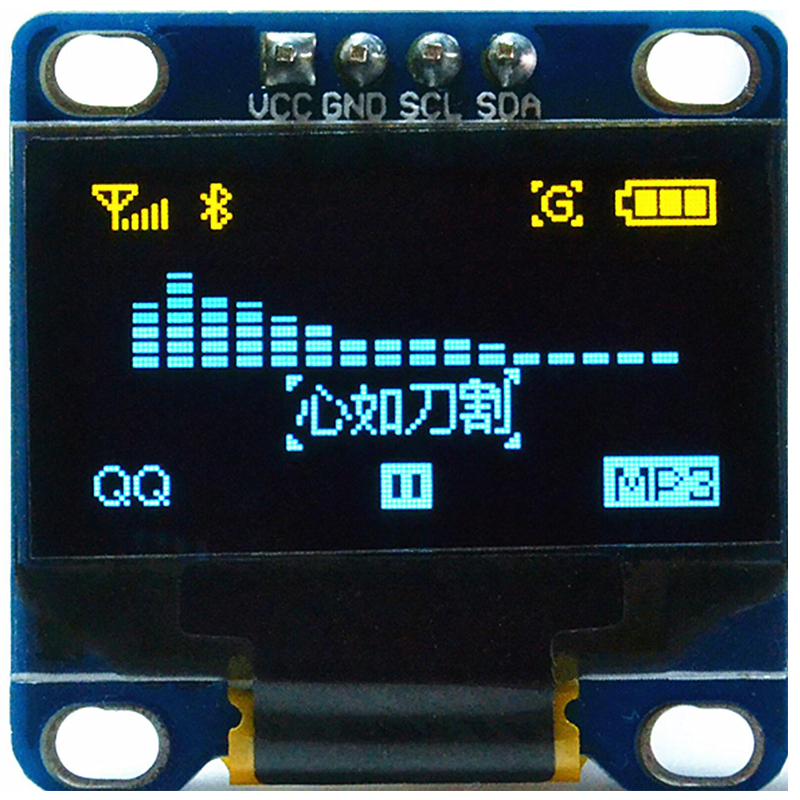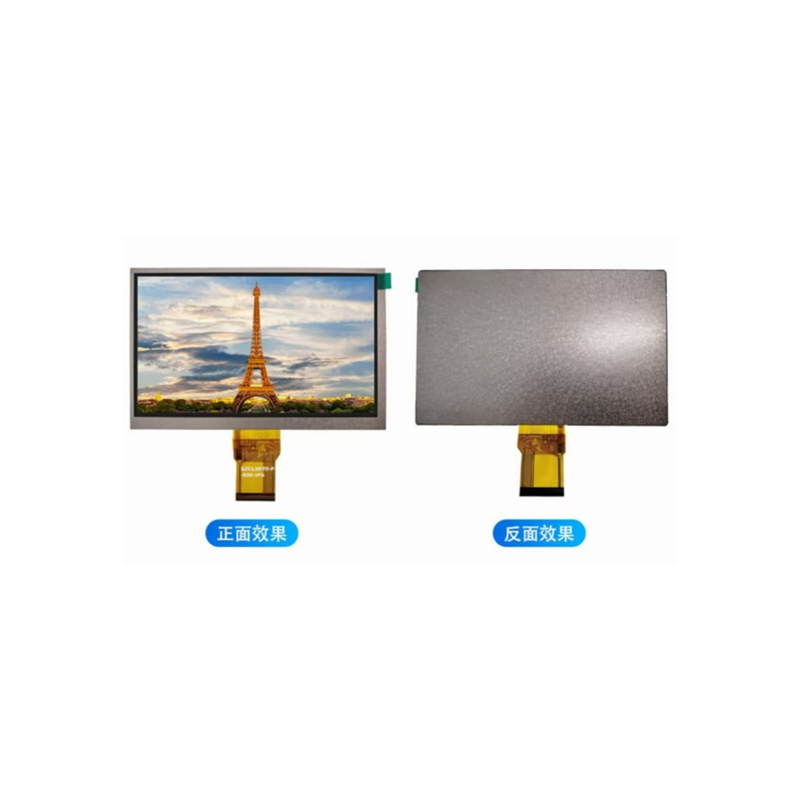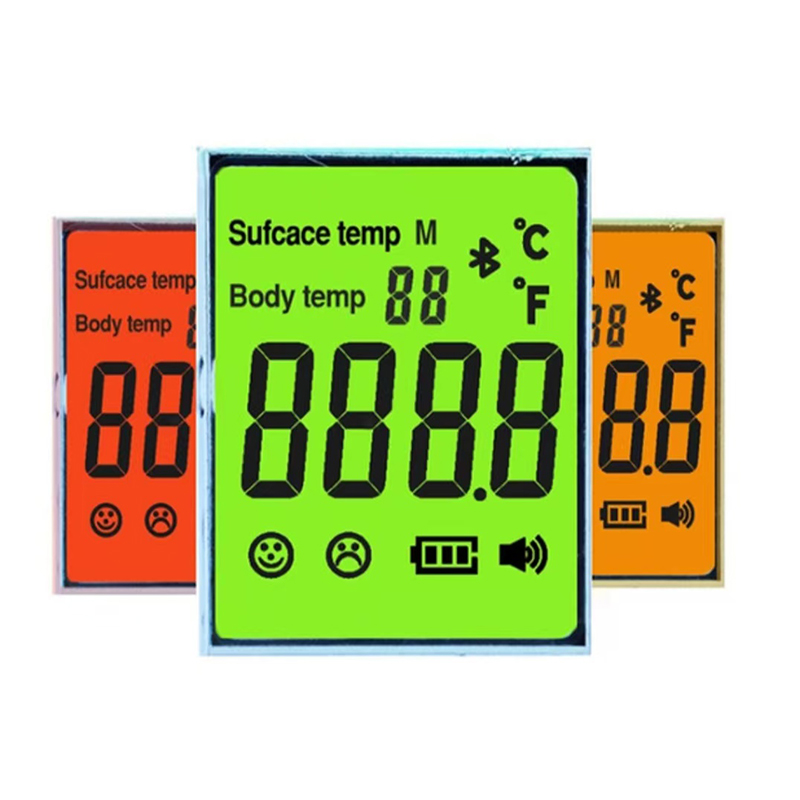
Dot matrix displays are a ubiquitous technology, found in everything from simple digital clocks to more complex industrial control panels. Understanding their capabilities and limitations is crucial for anyone working with embedded systems, signage, or any application requiring a text-based or simple graphic display. This guide provides a thorough overview of dot matrix displays, exploring their functionality, different types, advantages, disadvantages, and future prospects. We'll delve into the technical specifics, examining their construction and operation, and exploring real-world applications.
A dot matrix display creates images by illuminating individual dots, or pixels, arranged in a grid pattern. These dots are typically LEDs, although other technologies like incandescent lamps or electroluminescent panels have been used historically. By selectively turning on and off various combinations of these dots, the display can create alphanumeric characters, simple graphics, and even animations. The resolution, determined by the number of dots in the grid, impacts the clarity and detail of the displayed information. Higher resolution generally means sharper images but often comes with increased complexity and cost.
Several types of dot matrix displays exist, each with unique characteristics:
Dot matrix displays are utilized across a broad spectrum of applications, including:
Table summarizing the advantages and disadvantages:
| Feature | Advantages | Disadvantages |
|---|---|---|
| Cost | Generally inexpensive, especially for simple displays. | Cost can increase significantly for high-resolution displays. |
| Power Consumption | LED-based displays are highly energy-efficient. | Older technologies like VFDs consume considerably more power. |
| Durability | LED displays are robust and long-lasting. | Susceptible to damage from physical impacts. |
While newer display technologies like LCDs and OLEDs have gained popularity, dot matrix displays continue to hold a niche in specific applications where their simplicity, low cost, and durability are advantageous. Continued advancements in LED technology, such as miniaturization and improved brightness, will likely ensure their continued use in certain sectors.
For high-quality dot matrix displays and LCD solutions, consider exploring the offerings from Dalian Eastern Display Co., Ltd. (https://www.ed-lcd.com/). They provide a wide range of products for various applications.
Note: Information regarding specific product lifespans and power consumption can be found on the individual manufacturer's datasheets.

